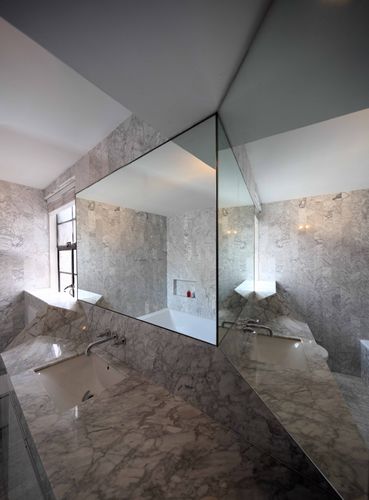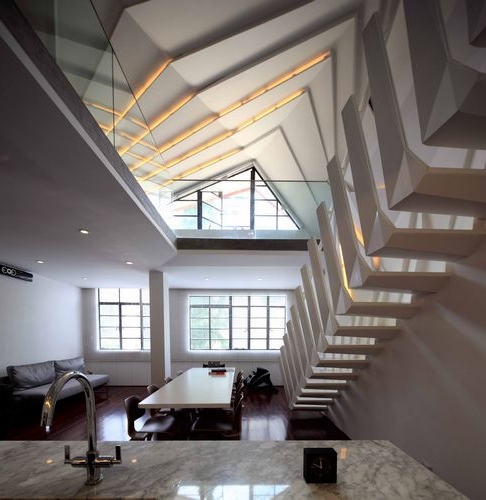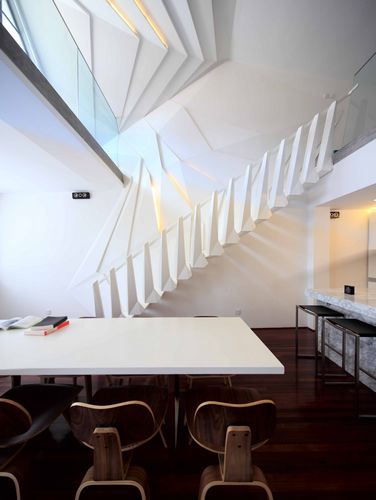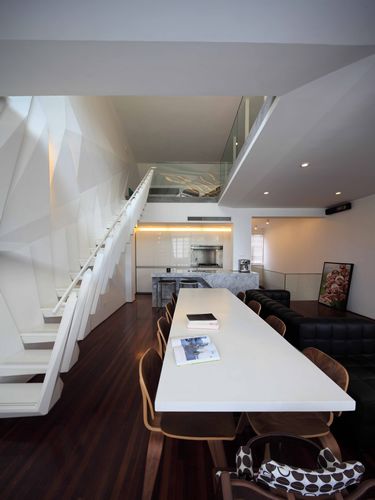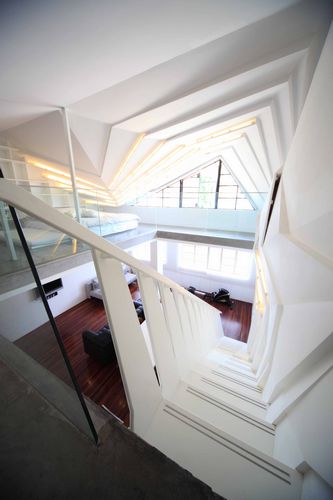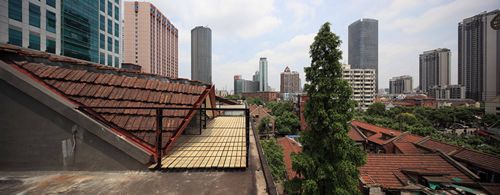2011 Selected Entries (Residential Space)
2011-08-02 13:43
Preface:
“Sustainable · Comfortable Space -2011 Asia Pacific Interior Design Awards for Elite” organizing committee will gradually select publish parts of this year entries from now on. And after the end of the Awards, committee will arrange excellent entries to publish in the "outstanding work" section on awards website. Please give it your attention.
This time selected work is Singapore designer entries
Category Residential Space
Project Name Wulumuqi Road Apartment
Chief Designer Koon Wee, Eunice Seng
Chief Designer Resume
SKEW Collaborative is an architecture and research practice based in Shanghai and Singapore. The work of the collaborative stems from a desire to bridge different cultural practices through a formal and programmatic understanding of architectural artifacts produced by specific cultures. Recent research projects were featured at the 2011 Chengdu Biennale, 2011 Singapore Hub-to-Hub Public Art Project, 2009 & 2007 Shenzhen Hong Kong Bi-City Biennale, 2008 Beijing Biennale, 2008 Torino You-Prison Exhibition, 2004 Venice Biennale, and 2004 Singapore Art Festival. The three design principals and architects were educated at Princeton, Columbia and Yale, and are currently teaching at the University of Hong Kong in Shanghai and Hong Kong.
Design Description
The Wulumuqi Road Penthouse took advantage of what was an interpretation of a local city policy of urban beautification, where pitched roofs were being added to modern buildings that were considered dull and devoid of civic or traditional character. The addition and alteration of this project took reference from such a policy, conserving as much of the original built fabric in order to reduce its carbon footprint. The addition of a vernacular dormer window typology, employed recycled wooden beam structures and old clay roof tiles from previously demolished buildings. The triangulation of the roof plane – necessary in a dormer window construction in order to bring daylight into the attic – was extrapolated to give shape to the ceiling lights, walls and new staircase. Each tread and baluster was separately articulated to mark the culmination of this graduating and transforming surface. On the programmatic level, the new continuous form not only gave rise to the practical expressions of the treads and baluster, but it also gave an organizational logic to other functional needs of the apartment, such as interior lighting and a concealed ventilation system. The rest of the apartment was kept relatively intact and simple, retaining the old industrial steel windows, wood flooring and white walls, in anticipation of the delicate elements unfolding from the new attic space.
Project Photos
